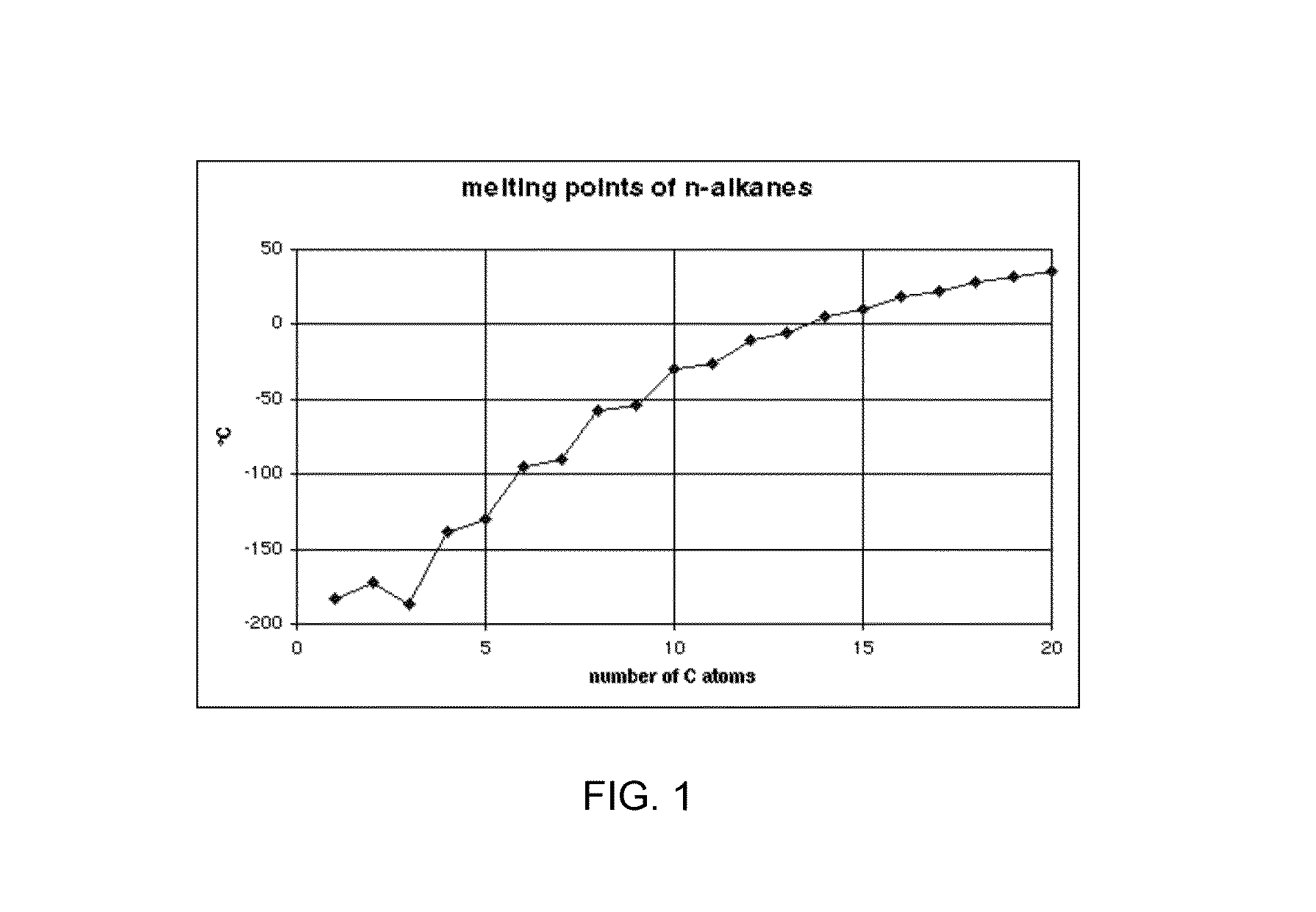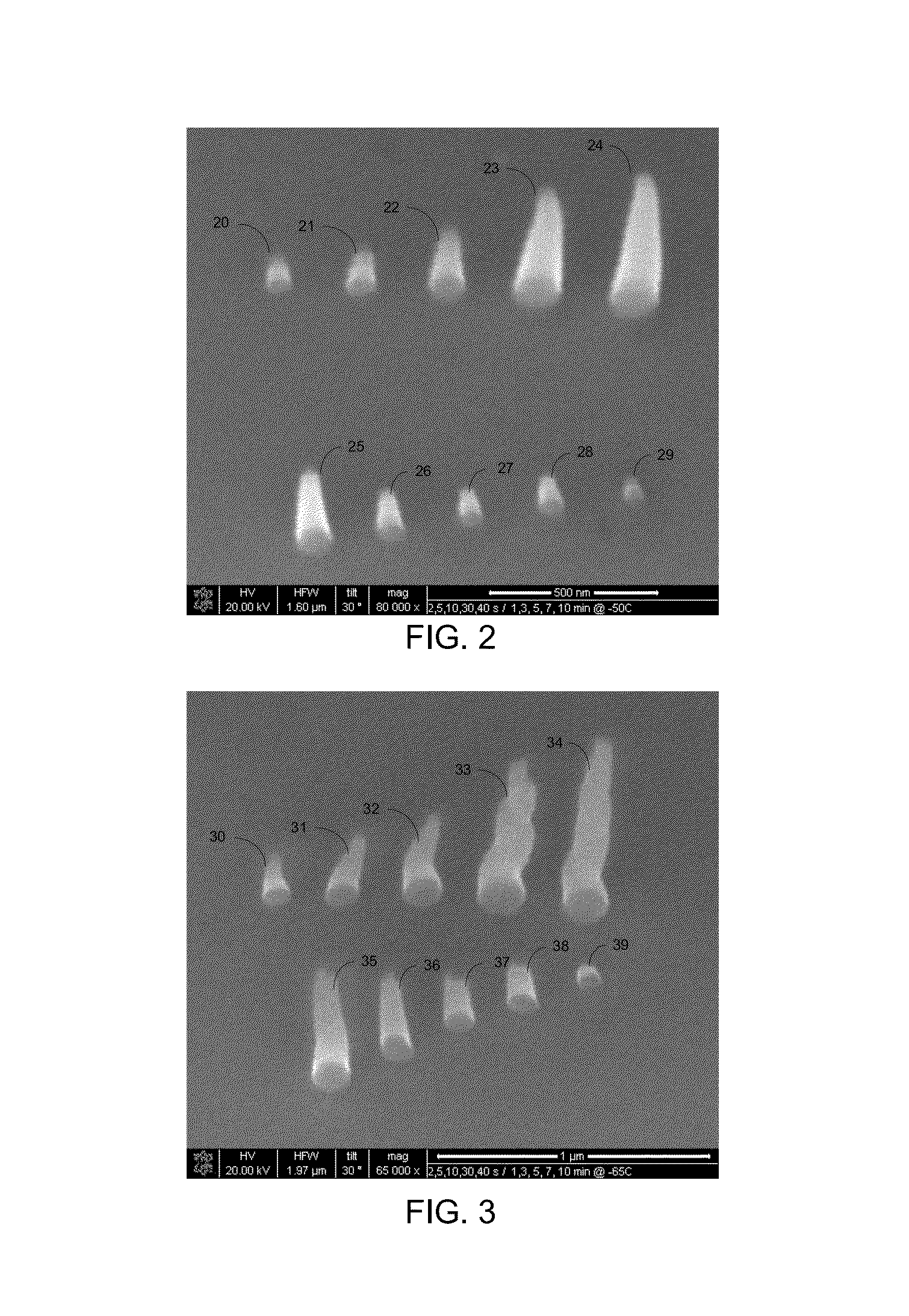Beam-induced deposition at cryogenic temperatures
a beam-induced deposition and cryogenic temperature technology, applied in solid-state diffusion coating, nuclear engineering, material analysis using wave/particle radiation, etc., can solve the problems of unreliable bonding, unfavorable cryogenic temperature operation, and normal ebid/ibid process failur
- Summary
- Abstract
- Description
- Claims
- Application Information
AI Technical Summary
Benefits of technology
Problems solved by technology
Method used
Image
Examples
Embodiment Construction
[0020]A disadvantage of known beam induced deposition methods is that they do not work well at cryogenic temperatures, while a number of applications, including the preparation of TEM samples of biological materials, require samples to be maintained at those cryogenic temperatures, generally from −50° C. to −130° C. While beam systems with cryogenic chambers are known in the art, maintaining the sample chamber at cryogenic temperatures creates problems for EBID or IBID in the system, as the precursor gases tend to freeze to the TEM sample chamber. At temperatures below −50° C. most known precursor gases suitable for beam-induced deposition freeze onto the substrate surface and the normal EBID / IBID processes do not work.
[0021]At the normal operating temperatures for beam-induced deposition, most known precursor gases have a sticking coefficient between 0.5 and 0.8. “Sticking coefficient” describes the ratio of the number of adsorbate molecules (or atoms) that adsorb, or “stick,” to a...
PUM
| Property | Measurement | Unit |
|---|---|---|
| cryogenic temperature | aaaaa | aaaaa |
| temperature | aaaaa | aaaaa |
| melting point | aaaaa | aaaaa |
Abstract
Description
Claims
Application Information
 Login to View More
Login to View More - R&D
- Intellectual Property
- Life Sciences
- Materials
- Tech Scout
- Unparalleled Data Quality
- Higher Quality Content
- 60% Fewer Hallucinations
Browse by: Latest US Patents, China's latest patents, Technical Efficacy Thesaurus, Application Domain, Technology Topic, Popular Technical Reports.
© 2025 PatSnap. All rights reserved.Legal|Privacy policy|Modern Slavery Act Transparency Statement|Sitemap|About US| Contact US: help@patsnap.com



